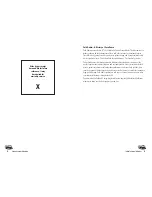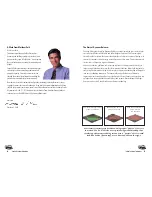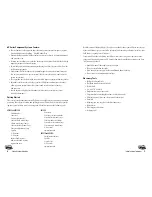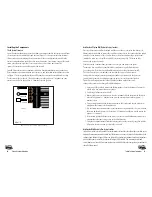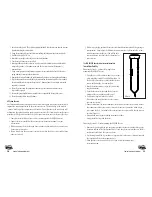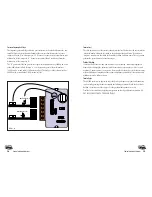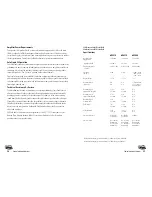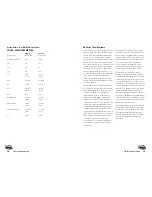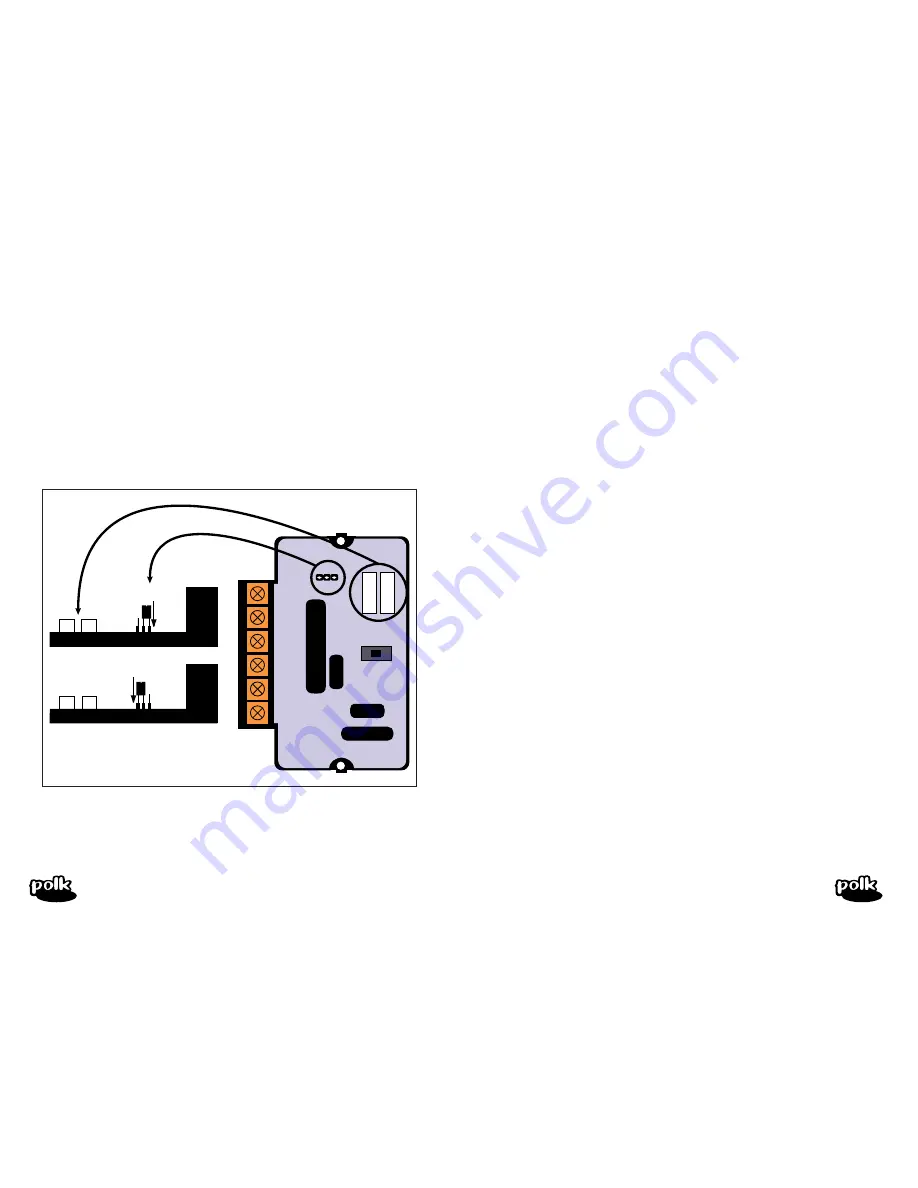
14
Premium Performance Loudspeakers
Premium Performance Loudspeakers
15
dX
Series
dX
Series
Tweeter Level
The slide switch on top of the crossover box adjusts the level (volume) of the tweeter relative
to the mid/woofer. Start with the switch in the bottom position and listen. If you want a
“brighter” sound, move the switch to the middle position and listen again. The top position
provides the greatest amount of tweeter output.
Polarity / Blending
If it seems that the tweeters and mid/woofers are not “blending” or working together in
harmony, try changing the polarity of both the tweeters by reversing the positive (+) and
negative (-) tweeter wires at the crossover. Reversing the absolute phase of the tweeters may
help the blending or integration of the system components, particularly if the tweeters and
mid/woofers are on different planes.
Tweeter Angle
The dX3000 tweeters may be pivoted to get the best high frequency response and soundstag-
ing. Generally, pointing the tweeters toward the listening position will yield the best results.
But don’t be afraid to try other angles. Use the position that sounds best to you.
Pivot the tweeter module by applying firm pressure on the edge of the tweeter module. DO
NOT APPLY PRESSURE TO THE DOME ITSELF.
Crossover Frequency And Slope
The frequency point and slope of the low pass crossover may be adjusted. Remove the two
small Philips head screws from the bottom of the crossover box. Remove the top cover,
inside the box you’ll see a wire jumper “J2” (Figure 4). If your tweeter is right next to your
mid/woofer, set the jumper to “A.” If your tweeter is more than 6 inches away from the
mid/woofer, set the jumper to “B.”
The “B” position sets the low pass crossover point of the mid/woofer at 3,800Hz with a first
order (6dB/octave) roll off. Position “A” sets the crossover point of the mid/woofer at
3,800Hz with a second order (12dB/octave) roll off. The high pass filter is always fixed at
4,800 Hz with a second order (12dB/octave) roll off.
JUMPER IS SET TO "A"
JUMPER IS SET TO "B"
FIG. 4


